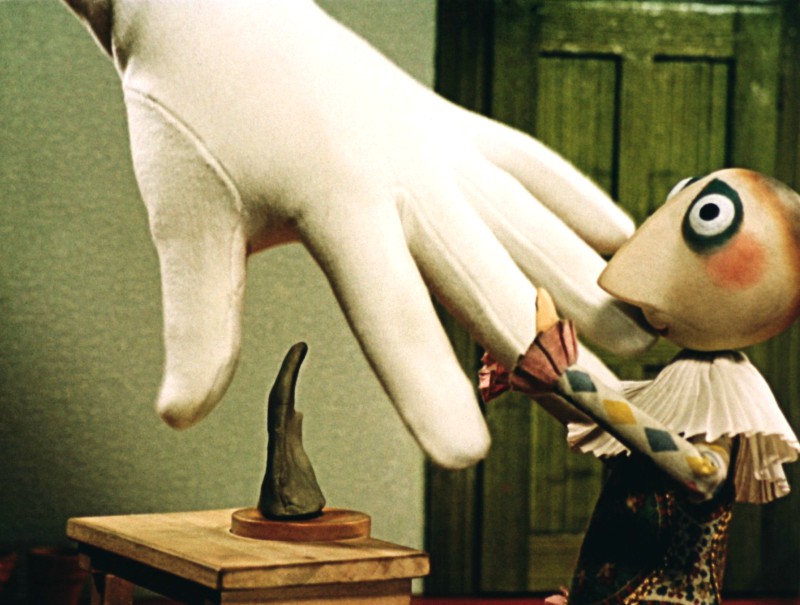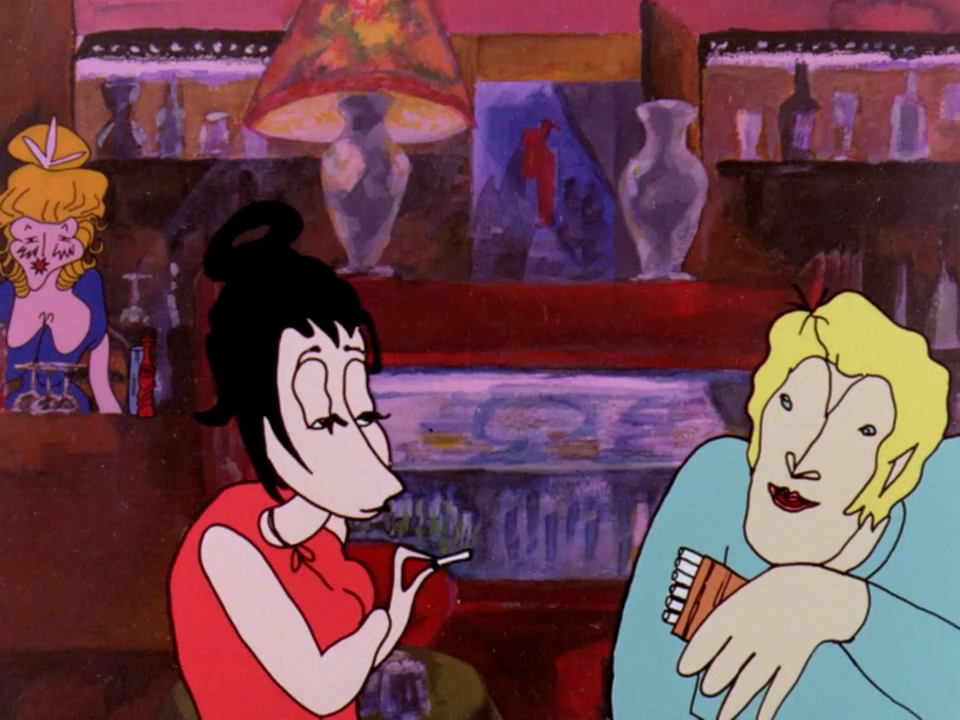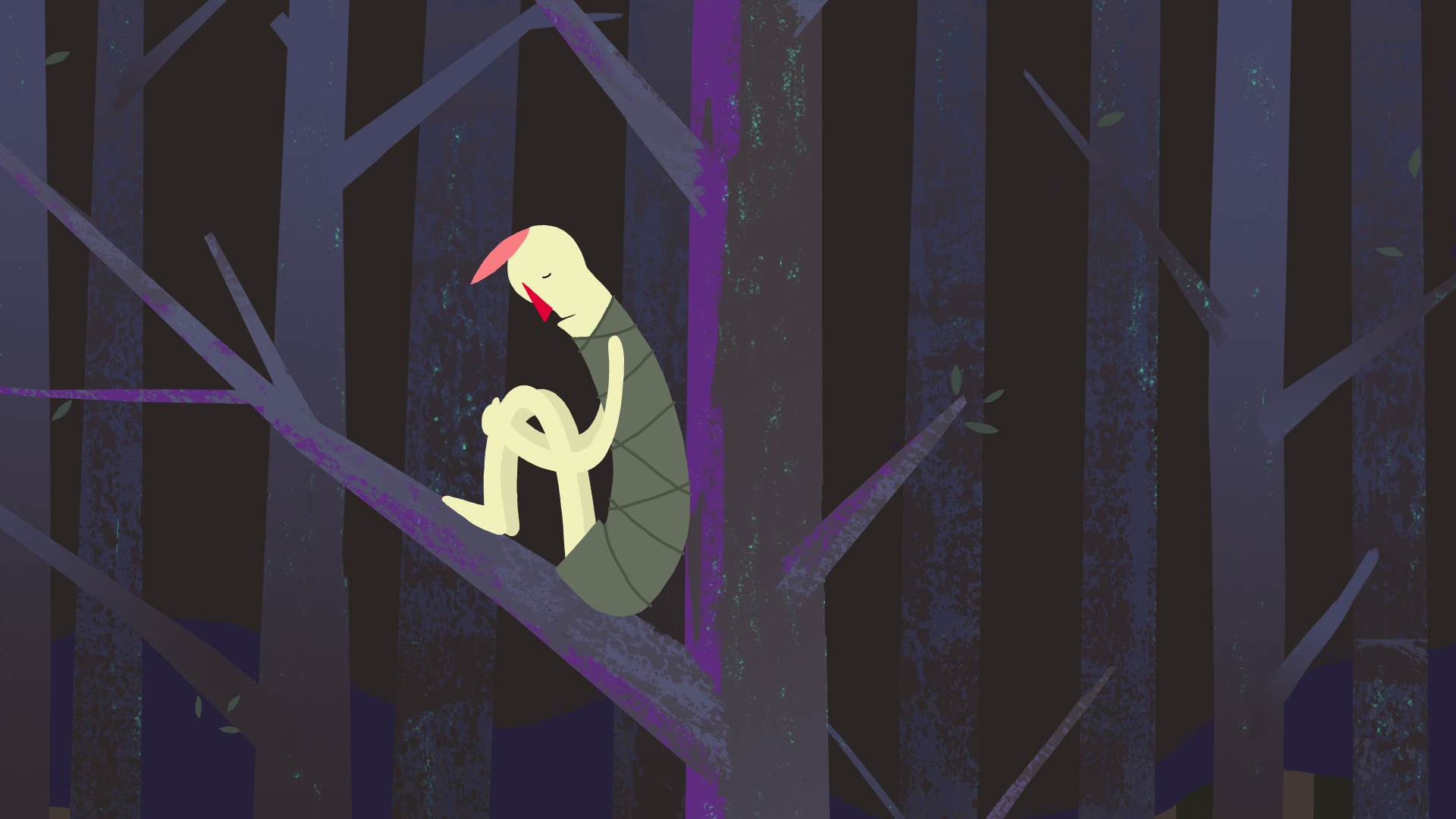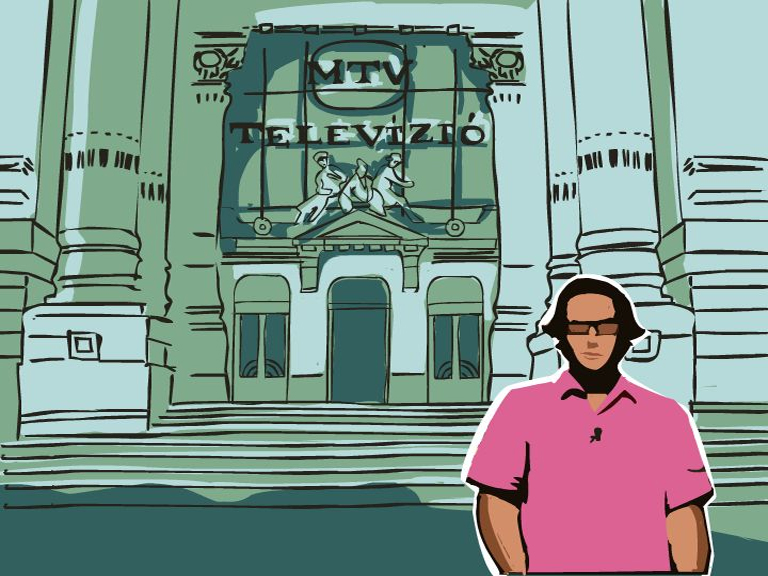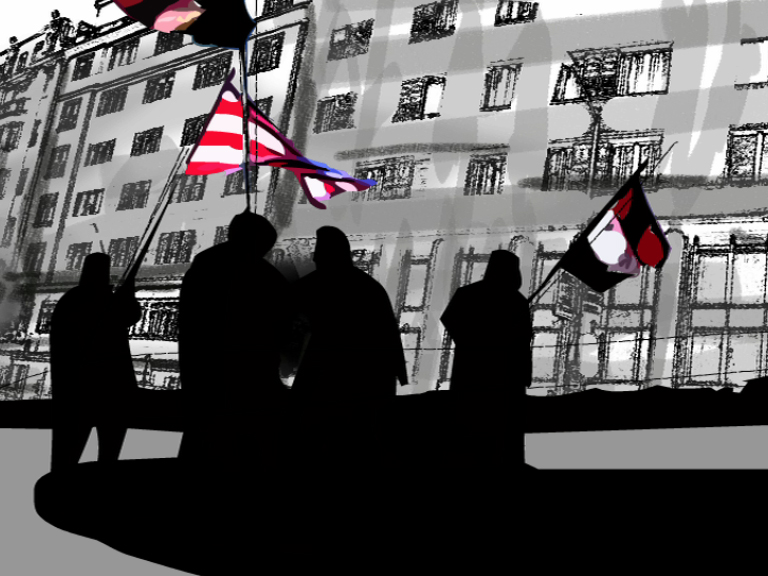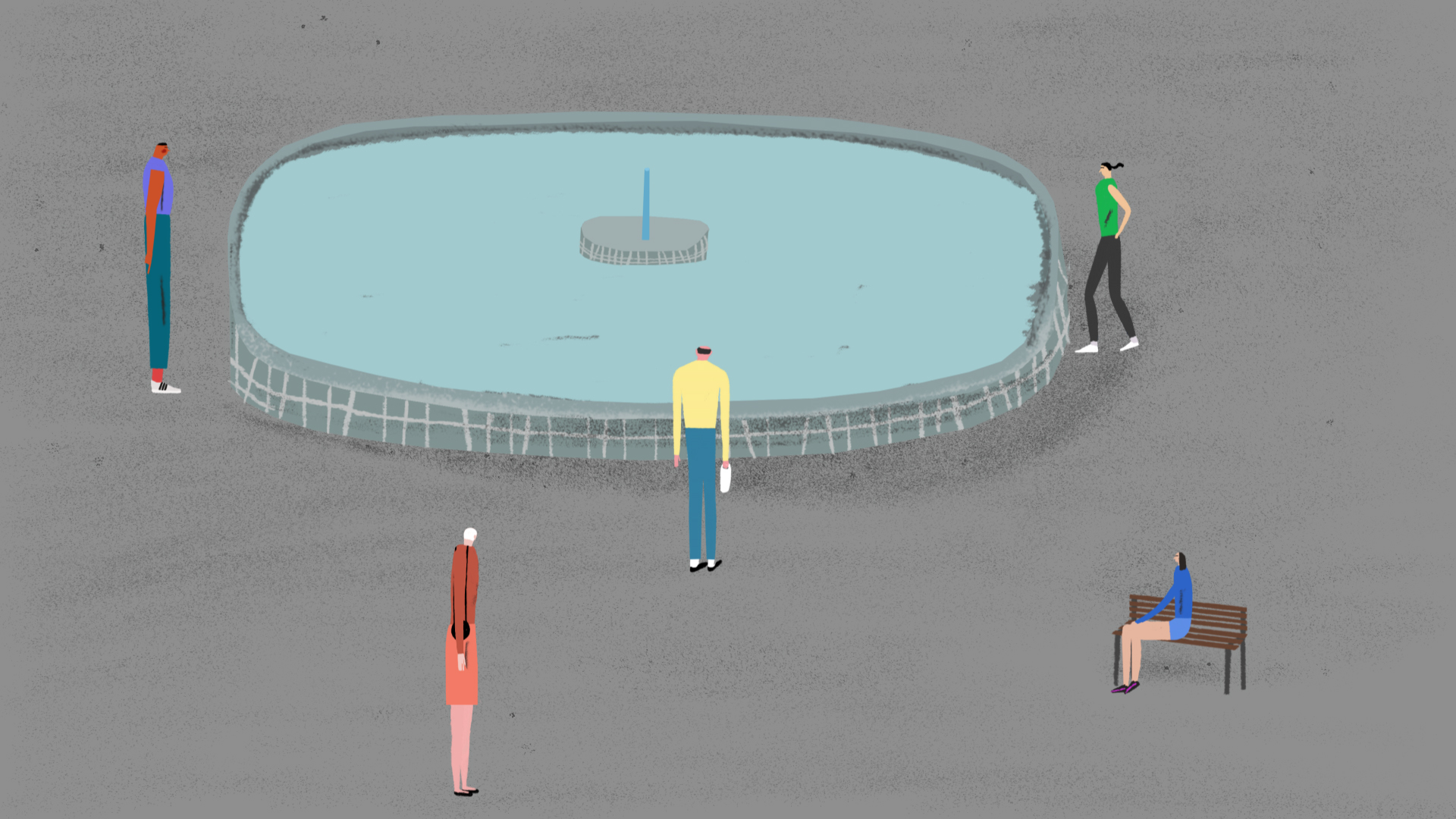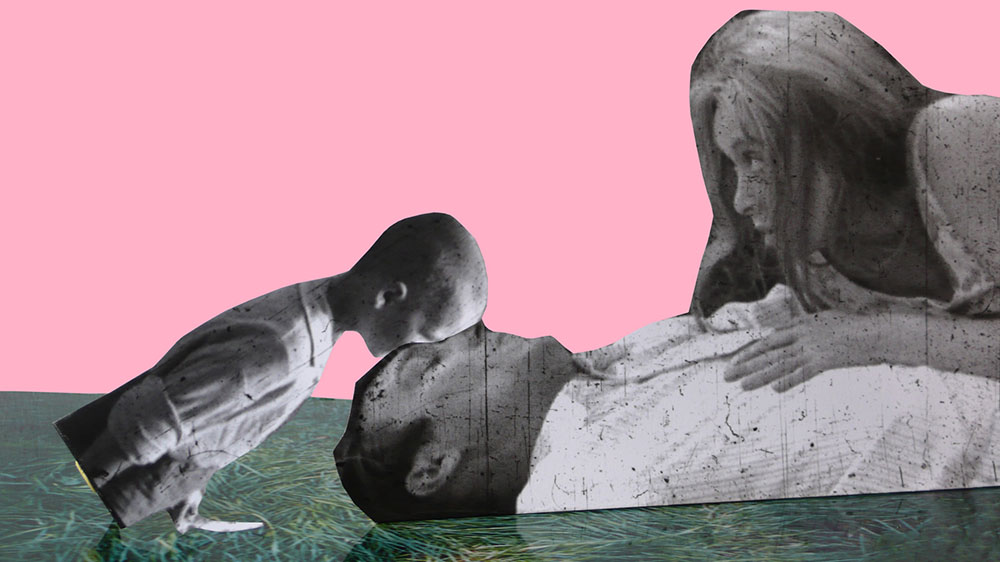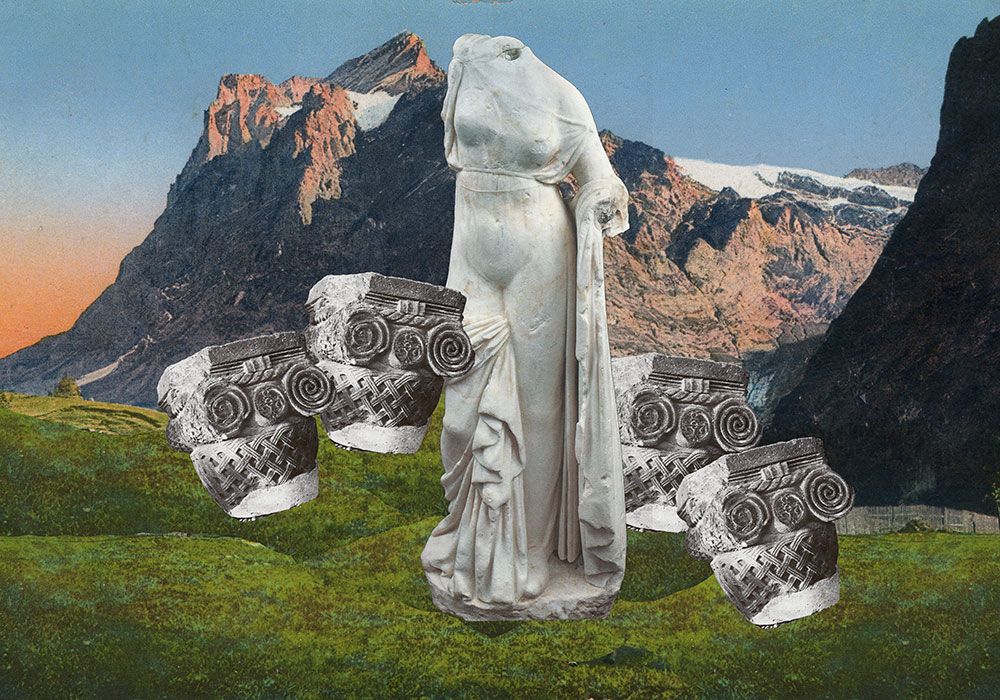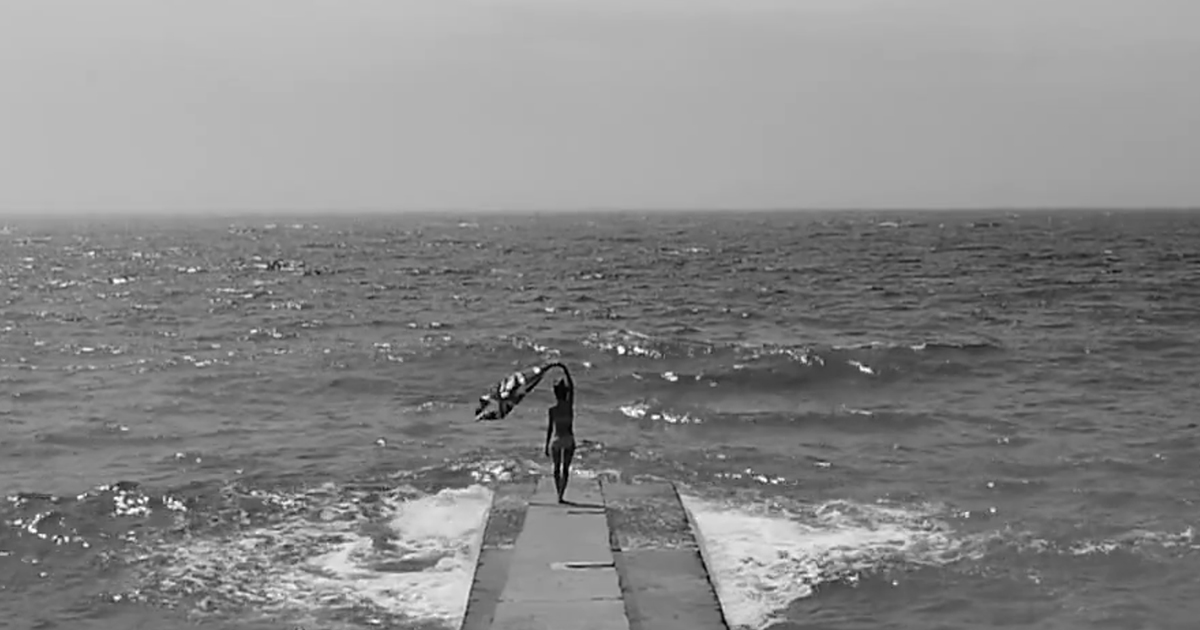Protest in motion: discover how political animations thrived behind the Iron Curtain
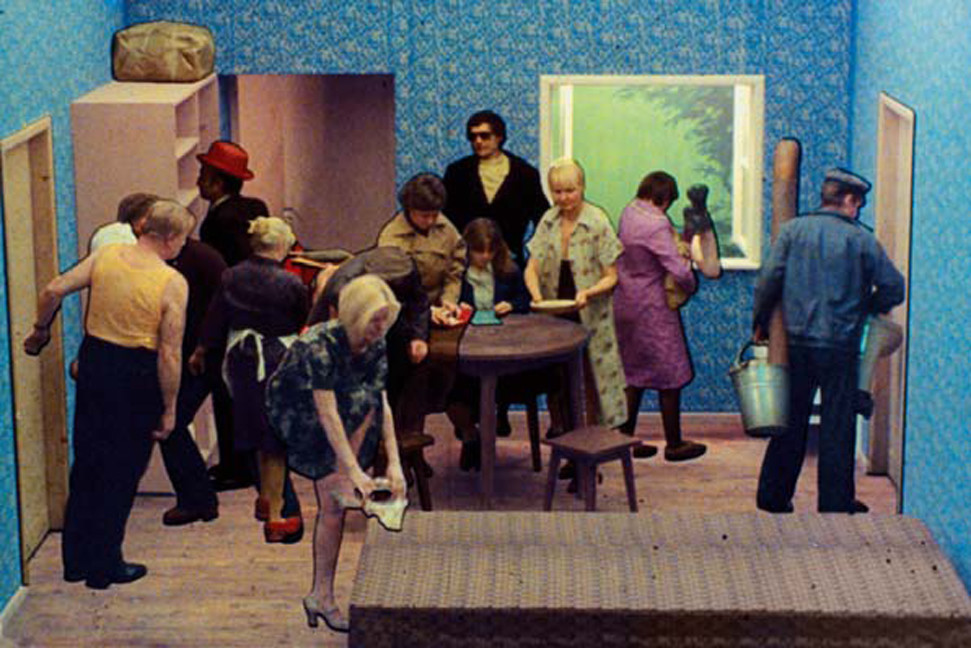
Animation is often overlooked as nothing but children’s entertainment, yet behind the Iron Curtain it was one of the only ways to speak about the reality of communism. Now a new generation of auteur animators in the New East are rediscovering its political potential
Compared to literature, theatre and feature film, animation enjoyed a greater degree of freedom in the former Communist states of Eastern and Central Europe. Seen as a less serious art form, being first and foremost associated with childish innocence, during the 1960s-80s it became a tool for communicating social and political issues — it is exactly this period that is often referred to as “the golden era of animation” in the histories of Eastern Bloc film.
In the 1950s, animated shorts in Poland, the Czech Republic (former Czechoslovakia), Hungary and the then Yugoslavia were dominated by classical adaptations of popular folkloric tales. The relaxation and consolidation of political customs in the late 1950s brought with it a radical renewal of animation both in style and theme. Classical fairy tales and fables were replaced with socially critical satires.
Though the state tolerated significantly more after the 1956 Hungarian uprising against the Soviet Union than during the severely centralised Stalinist system of the early 1950s, it did not grant complete creative freedom. Even in the 1960s, the state was still the sole patron of animation throughout Eastern Bloc countries, and maintained busy animation studios for children’s films, public service and educational productions. The new method of the authoritative cultural policy was to categorise arts as those supported, those tolerated and those banned, according to prescribed criteria on the subject matter of the films. If a finished film did not meet the sharp guidelines and promote communist ideals, it was only allowed limited exposure.
The very first Hungarian animated short film, The Monologue (A Monolog) by abstract avant-garde artist Dezso Korniss and writer and painter Gyorgy Kovásznai, which radically broke with conventional cartoons, was banned after one week of its limited theatrical release in 1963. Being a subjective satirical overview of Hungarian history in the 20th century, this cut-out film represented the mentality of the Radical New Left, which was undesirable according to the one-party Soviet political system.
However, the genre of social and political allegory became increasingly common. As animation developed, so did its visual style, taking inspiration from contemporary trends in the visual arts, such as cubism, surrealism and abstract expressionism. Polish animation is bold and experimental in its approach: artist duo Walerian Borowczyk and Jan Lenica won the Grand Prize at the 1958 Brussels Experimental Film Festival with their grim, non-narrative short film Home (Dom, 1958). Along with Lenica’s award winning cut-out film Labyrinth (Labirynt, 1962), Home depicts people trapped in a repressed, surreal world, where omnipresent surveillance of a threatening system is in operation. The same overwhelmingly claustrophobic atmosphere appears in the Oscar-winning short film Tango (1981) by the experimental filmmaker Zbigniew Rybczynski. Based on cleverly assembled cut-out video loops shot from a static point of view, the film shows how an average living room gets occupied by 36 people over monotonous choreography of characters entering and exiting the room.
Puppet theatre is one of the most popular performing arts in Czech culture, and was even used as a way to keep the Czech language alive during the forced Germanisation of the Austro-Hungarian Empire. Originally a puppeteer and illustrator, Jiri Trnka became the most influential artist among the animators in Prague after 1945. His last short puppet film, The Hand (Ruka, 1965) features a large ,live-action hand, which invades the home of a marionette potter, demanding that the defenseless wooden puppet depict him. The film is widely read as a parable about the mechanisms of oppression, which thanks to being open to various interpretations, was read as a protest against the foreign (Nazi or Western) enemies of socialism by the Soviet censors. At international film festivals, however, it was celebrated as an allegory about the totalitarian Soviet control over the arts.
During the early 1950s, the new wave of Yugoslavian animation (the so-called “Zagreb School”) was formed by caricaturists and cartoonists with a desire to develop a style of “limited animation”, which was previously pursued by the American UPA Studio during the 1940s. Strongly rooted in the tradition of comic strips and satirical drawings, films like Passing Days (Idu dani, 1968) by Nedeljko Dragic represent the central themes and motifs of the Zagreb School, such as dark, pessimistic humor, anti-heroism, the absurdity of human existence.
Having been inspired by the striking visual and thematic-narrative turn of Yugoslavian animation in the 1950s, the outlook of Hungarian animation also went through essential changes in the early 1960s. Intellectual caricature films started to dominate the decade, which were followed up by such parabolic short films, in which political overtones and social-critical implications became stronger, too. Hey, You! (He Te!, 1976) by Peter Szoboszlay, features a man who is terrorised by a threatening voice on the streets from which he tries to hide in his home, which gradually becomes a source of paranoia, too. The film can be regarded as a social-psychological study on the frustration and aggression caused by isolation, and the distorting effects of soft dictatorship on people’s mental state.
Animation in Hungary (alongside live action features and documentaries) was greatly inspired by the boom of sociology in the 1970s and 1980s. The social and political issues of the period are at stake in the documentary-style animations made by Gyorgy Kovasznai. His “anima vérité” films, such as Nights in the Boulevard (Koruti estek, 1972) are akin to documentaries in their portrayal of the world, but borrow the approach and mentality from the visual arts. With each of his works he sought to find and explore the typical yet individual micro-histories of Hungary’s capital in the 1970s.
Today, the advance of digital techniques has meant that animation can be made independently and be easily distributed online. The golden era of animation continues to influence today’s auteur animators from former Eastern Bloc countries. East Life, Animated, a special screening of eight short animated films at Calvert 22 Space in London showcases just some of the artists and filmmakers working with animations in the New East. Films like the highly symbolic Travelling Country by Bulgaria’s Vessela Dantcheva and Ivan Bogdanov, which is a humorous satire about the birth of a nation, or Polish-born Michalina Musialik’s I, the Animal, which is a grim, dark-toned allegory of the birth of malice, continue with the tradition of using animation as parable. Films like the Czech Marek Berger’s The Shadow over Prague, which builds on the Golem legend and the story of the Nazi occupation of the Czech capital, shows how up-and-coming directors have broken from traditions favouring more narrative-driven stories and genres.
Almost thirty years after the fall of the Iron Curtain, animation has again become a tool for voicing socio-political ideas and current public affairs. Remake (2007) by Hungarian visual artist Csaba Nemes examines, in the genre of animated film etudes, the protests that took place in the autumn of 2006 in Budapest. Random Walks (2016) by Hungarian Borbala Tompa, which is based on short snippets of interviews with refugees, attempts to give an illustrative portrayal of the interviewees through bright, minimalistic imagery. The series of “pill-films” of the Serbian project Radiovision (Radiovizija) that includes the works Distances Are Overcome by Jelena Milunović and Of Slaves and Robots by Miloš Tomic, are brisk stream-of-consciousness rides that combine stories buried in the archives of one of the oldest public radio stations in Europe, Radio Belgrade, with philosophical monologues.
East Life, Animated, will screen at Calvert 22 Space on Wednesday 19 April. More info can be found here.
